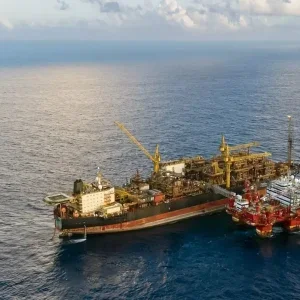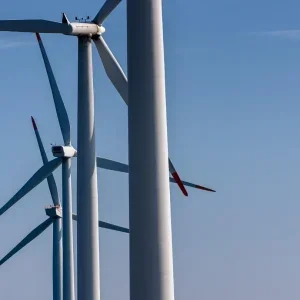
The Thunderbird Mineral Sands Project, which is located on the Dampier Peninsula in northern Western Australia, will see the development of a mineral sands deposit, to produce a range of mineral sands products.
The project will be supplied with LNG sourced from the Pluto LNG Truck Loading Facility of Woodside, located near Karratha. The commodity will be supplied to the project’s LNG storage facility by a newly created joint venture between Woodside and EDL.
The joint venture will be owning and operating a purpose-built road tanker fleet that will deliver the LNG to the mineral sands project.
The first stage of the Thunderbird Mineral Sands Project will be developed between Broome and Derby with an investment of A$463m ($333.2m).
According to Sheffield Resources, the use of LNG at the project will result in a low cost, low emission fuel source that is suited ideally to the ilmenite low temperature roast (LTR) process proposed for the mineral sands processing plant.
Sheffield Resources managing director Bruce McFadzean said: “We are extremely pleased with the level of support shown by Woodside and EDL in delivering a low cost, long-term energy solution for Thunderbird.
The project is now fully permitted and construction ready, with offtake and financing agreements in place. We look forward to continuing our relationship with Woodside and EDL as we move toward development during 2019.”
In November 2018, Sheffield Resources awarded an engineering, procurement and construction (EPC) contract worth A$366.3m ($263.6m) to GR Engineering Services to build the mineral processing plant of the Thunderbird project.
Under the contract, GR Engineering will be providing the engineering design, procurement and construction of a 7.5 million ton per annum (Mtpa) mineral processing plant and also its supporting infrastructure.
The Thunderbird mineral sands deposit has a mineral resource of 3.23 billion tons at 6.9% HM. Included in these are 18.6 million tons of zircon, 5.9 million tons of high-titanium leucoxene, 6.5 million tons of leucoxene and also 61.7 million tons of ilmenite.






